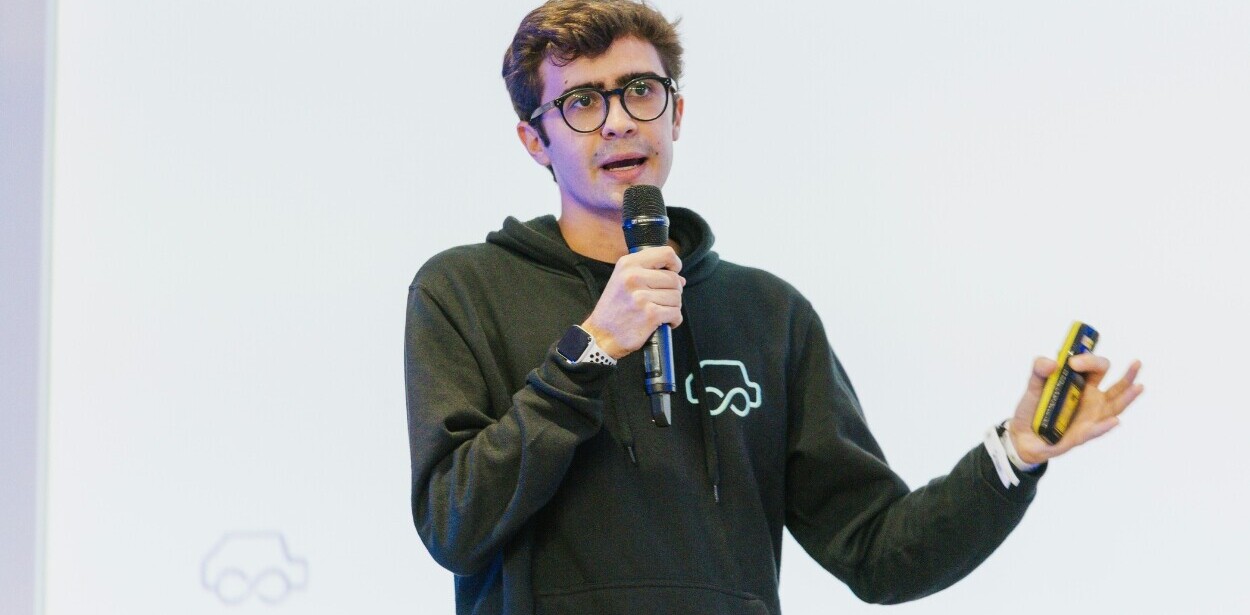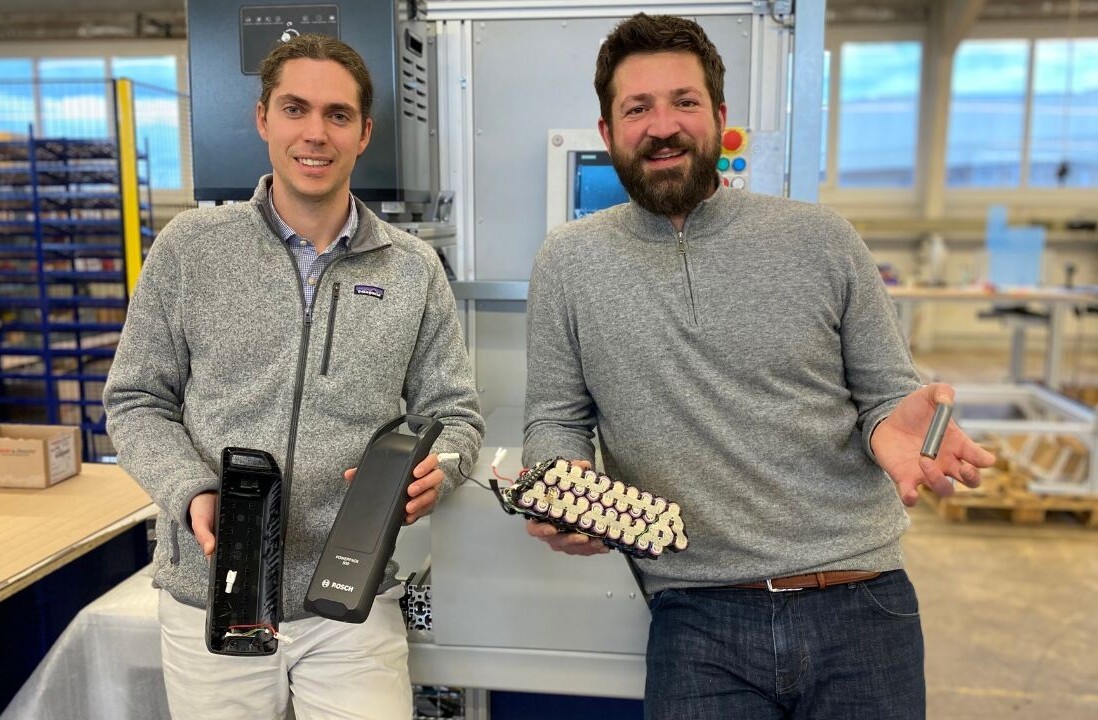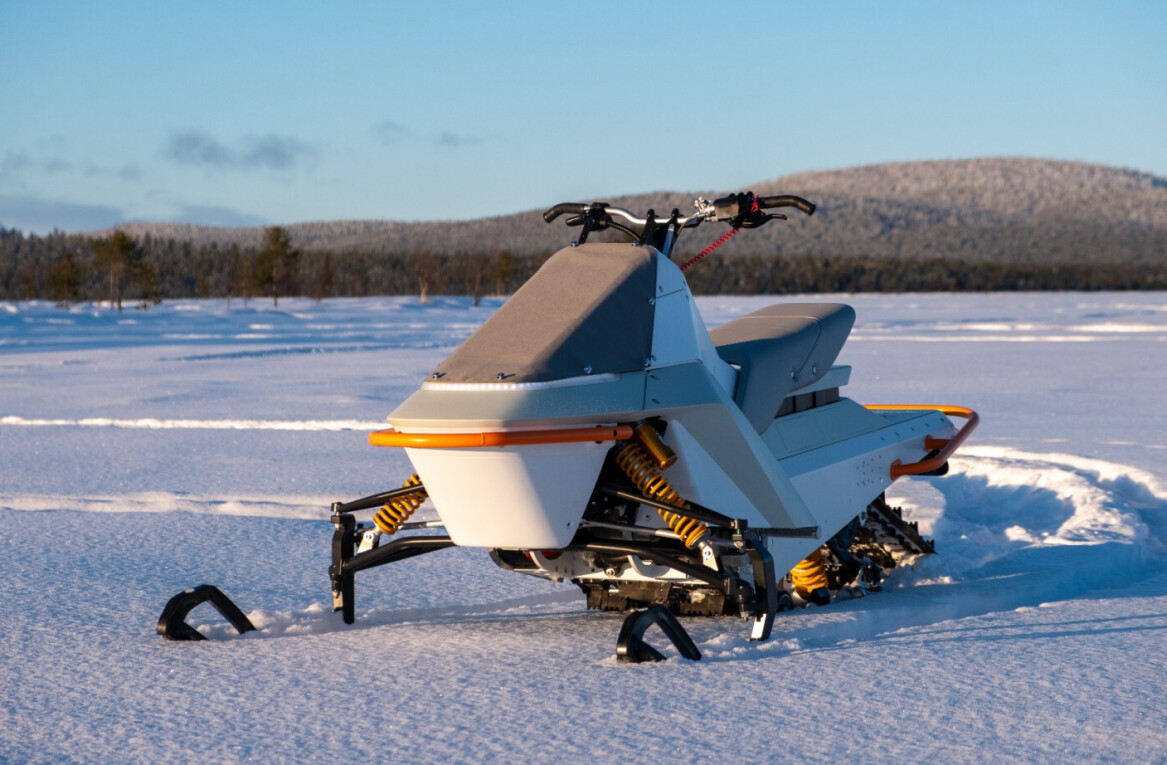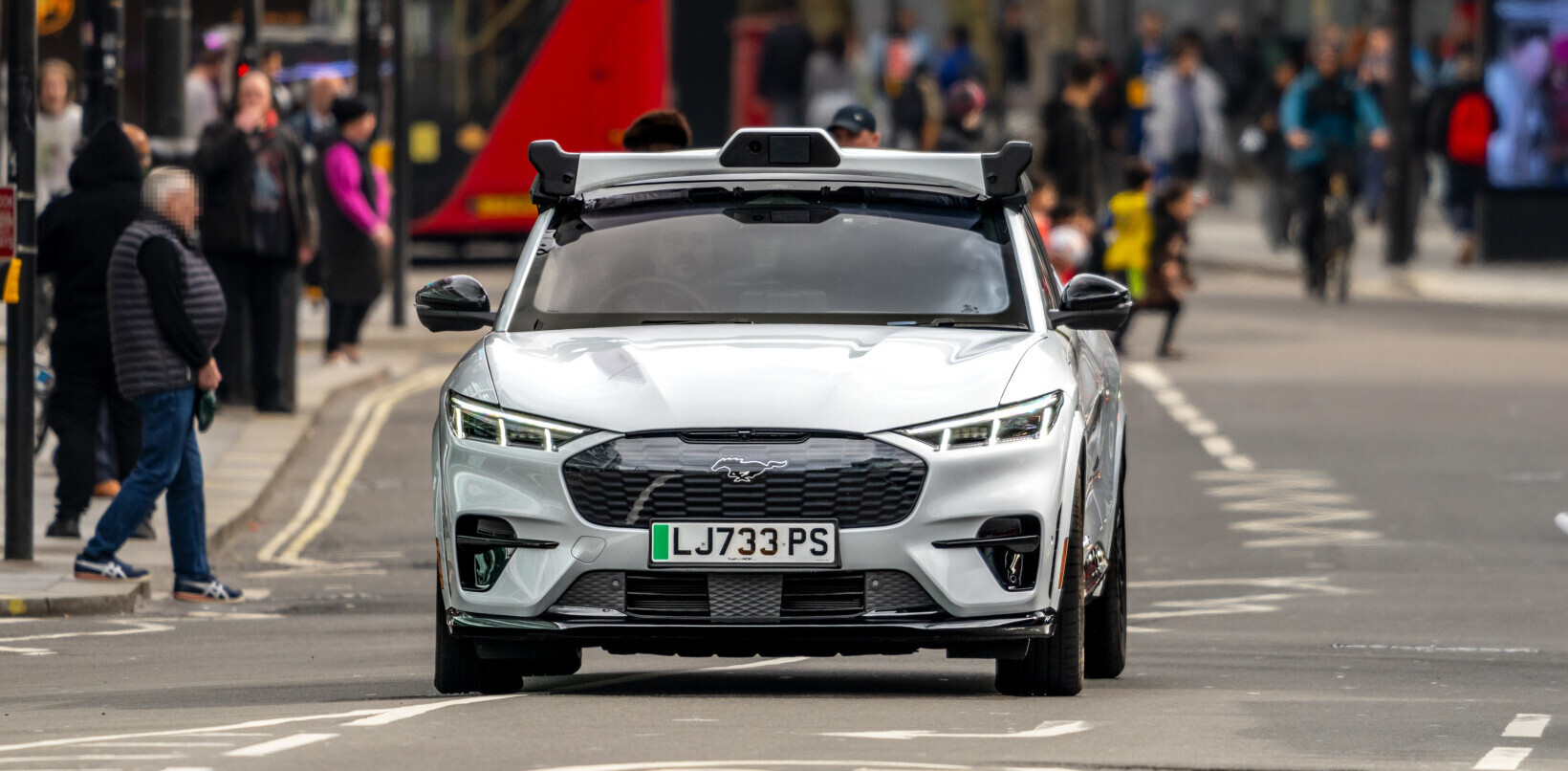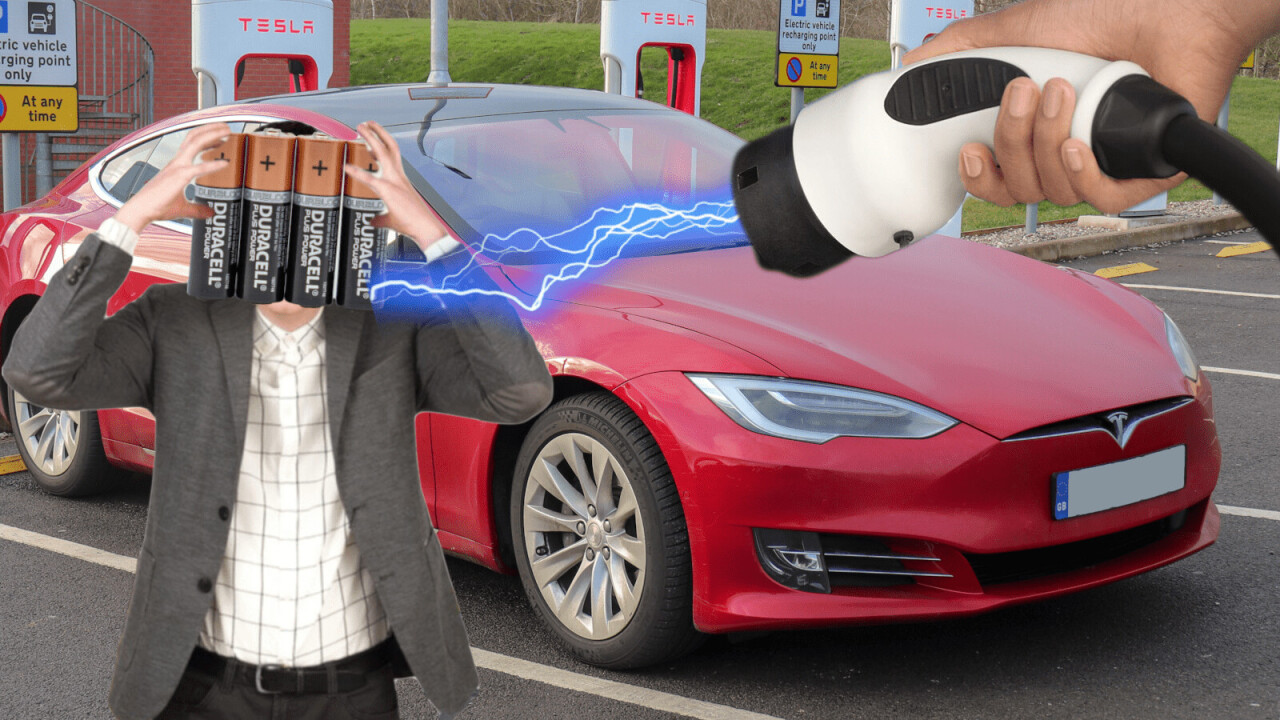
After adverse weather, thousands are without power and water in Texas. Freezing temperatures and snow last week knocked out vital parts of the grid, which are still yet to be restored.
To lend a hand, one ingenious Tesla owner shared a hack for how they turned their electric car into an external power source. In doing so, they have been able to heat their home, and keep their refrigerator running.
Unfortunately, the hack appears to have damaged the car. Rubbing salt into the wound, Tesla isn’t going to fix it under warranty.
The debacle was spotted by Tesla critic Greentheonly on Twitter, after it was shared in a Portland-focused Tesla owner’s group on Facebook.
It pains me to post this, but if you used awesome battery of your Tesla car to keep lights on in time of need, DO NOT brag about it on social media! It's a warranty voiding activity. Like whole-car-warranty voiding
Also don't connect to 12V battery directly, connect to penthouse pic.twitter.com/KoZcZmwEF0— green (@greentheonly) February 20, 2021
[Read: How do you build a pet-friendly gadget? We asked experts and animal owners]
In the images, it seems that the Tesla hacker has connected an inverter directly to the car’s 12 volt battery. According to owner forums, the 12 volt battery is recharged by the car’s main high-voltage battery pack, the one that powers the motors.
So, this system allows the inverter to draw power from the car’s main power pack via the 12 volt system, which isn’t exactly recommended.
In fact, Tesla says that using the car as an external power source will invalidate the warranty. If these are the lengths drivers have to go to, it’s understandable why that’s the case.
This whole situation, though, points to a larger issue and opportunity: that electric vehicles have the potential to be incredibly useful in times of natural disaster or power outages.
A fully charged Tesla has the capability of powering the average US home for at least a couple of days under normal use, which in emergency situations could be critical in keeping people safe until power can be restored. If you were careful you could probably power a house for a week.
Tesla is no stranger to helping those in need when it can. On previous occasions, it has given free access to its Supercharger network to those who are fleeing areas affected by natural disaster.
In any natural disaster situation like this, our policy is to make Superchargers free of use in order to optimize evacuation routes for affected customers https://t.co/SOUlKv3UUZ
— Tesla (@Tesla) September 13, 2018
The EV maker has also extended the range of its cars for those trying to escape tropical storms.
While these gestures are great, the company now needs to consider what its cars are capable of doing when owners physically aren’t able to drive them. It needs to develop a legitimate way of letting owners power their homes from their cars, so that users don’t void their warranty or damage their car.
The concept of using your electric to power your home is nothing new. It’s better known as vehicle-to-grid charging, and it’s a huge opportunity for Tesla.
Given Tesla also has its Powerwall division, it knows everything it needs to know about using batteries to power homes. It’s uniquely placed to lead the way with V2G charging — and it absolutely should.
Unfortunately, Tesla is kind of anti-V2G. Things looked positive for a moment when an engineer posted a tear-down video of a Model 3 and suggested some of its charging hardware was capable of bi-directional charging. However, this was later debunked, and it turned out that the hardware in question had been misidentified.
Cases like this highlight what EVs are capable of. With natural disasters seemingly becoming more common, Tesla absolutely needs to get working on V2G charging, as do all EV makers for that matter, so they can provide a lifeline in times of need.
HT – Jalopnik

Get the TNW newsletter
Get the most important tech news in your inbox each week.
